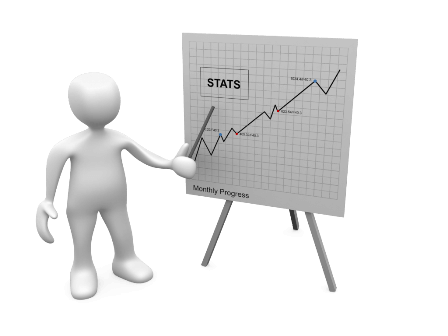A recession is a good time for lean. Organisations can either postpone lean and resort to traditional cost cutting, or they can accelerate and redouble their progress with lean. I doubt the former will last the course. But the latter stand a good chance of surviving and laying the foundations for future prosperity as they turn the tables on their competitors. There is no time to lose and no more time for excuses! So how should we make best use of this important moment? Here is my five point action plan for turning this recession to your advantage.

First correctly define the business problems you are trying to solve right at the top. In this case business problems are about closing performance gaps in order to survive and to take market share from competitors in challenging times. These gaps are now almost certainly bigger than they were. I recently asked the CEO of a large multinational why he wanted his company to go lean. He gave me a very general answer about rising input prices and squeezing margins. However the potential of lean is best understood in relation to specific value streams.
So what are your main value streams creating value for customers and what are the key support value streams that enable them to flow? From examples elsewhere what is the potential for significantly improving their performance – getting new products to market in half the time, producing 30% more with existing equipment and no additional capital, meeting every delivery on-time and in full and with no invoice errors, responding to customer problems in hours rather than weeks, reducing length of stay in a hospital by half, compressing the supply chain from 200 days to 20, eliminating 80% of errors and effort to process approvals or payments in the back office, getting changes to the IT system in days rather than many months etc.? What improvements in which of your value streams with which customers and suppliers will make the biggest contribution to closing your performance gaps? What are your vital few projects – you cannot do everything?
Second give strong value stream managers end-to-end responsibility for each of these value stream projects. Their role is to gain agreement on the right things to do for their value streams from all the functions and departments involved who retain the authority over their resources). They also co-ordinate the implementation using all the lean visual project management tools and surface conflicts between functional and value stream objectives.
Third establish a Lean Council (like Toyota’s Quality and Cost Councils) of key function heads and value stream project leaders to initiate all cross functional projects, co-ordinate them, review progress and resolve conflicting agendas. They should also have responsibility for developing the lean experts to support these value stream projects and for spreading lean knowledge through networks of peers, workshops and an intranet data base of projects.
Fourth prepare for the future now by getting a high potential group to think outside the box and make the currently impossible possible using lean. This means thinking back from the customer’s use of the product or service and exploring alternative routes to market. It also means challenging the design of the product or service, the right-sized tooling to make it, the right IT systems to run it in the right location with a co-located supply base.
Fifth use these value stream projects to teach everyone how to see the right things to do using A3 planning. This is also a great opportunity to teach line managers how to use visual management to track progress in real time and to respond quickly to problems. It is also a great opportunity for line managers to develop the capabilities of their staff to diagnose and solve problems – by using A3 thinking. This means asking the right questions to help them learn rather than telling them what to do!
None of these steps are easy but they are all focused on solving the most important problems facing the business while developing the capabilities to sustain and significantly improve this performance into the future. This path will also begin to make sense of some of the apparent paradoxes of the lean management system pioneered by Toyota.